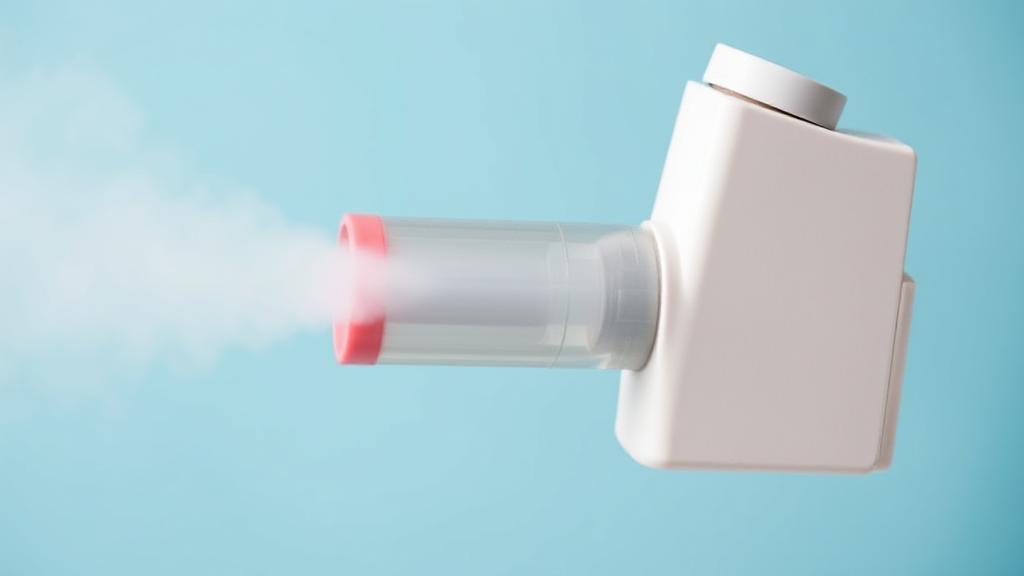What is Albuterol?
Albuterol is a medication that belongs to a class of drugs known as bronchodilators and beta-2 adrenergic agonists. It is primarily used to treat breathing difficulties associated with conditions like asthma and chronic obstructive pulmonary disease (COPD). By relaxing the smooth muscles around the airways, albuterol helps to open them up, making it easier to breathe.
How Does Albuterol Work?
Albuterol works by stimulating beta-2 adrenergic receptors in the lungs. This stimulation leads to the relaxation of bronchial smooth muscles, resulting in the dilation of airways. When inhaled, the medication typically starts working within minutes, providing rapid relief from:
- Wheezing
- Shortness of breath
- Chest tightness
- Chronic coughing
Common Uses
Asthma Management
Albuterol serves as a rescue inhaler for acute asthma symptoms. According to the American Lung Association, it's essential for every asthma patient to have quick-relief medication like albuterol readily available.
COPD Treatment
For COPD patients, albuterol helps manage sudden breathing difficulties and can be used before activities that might trigger symptoms.
Exercise-Induced Bronchospasm
When taken 15-30 minutes before exercise, albuterol can prevent exercise-induced bronchospasm (EIB).
Available Forms
Albuterol is available in several forms, including:
- Metered-dose inhaler (MDI)
- Nebulizer solution
- Extended-release tablets
- Immediate-release tablets
- Oral syrup
Benefits
The primary advantages of albuterol include:
- Quick symptom relief (usually within minutes)
- Long history of safe use
- Cost-effectiveness
- Availability in multiple forms
- Minimal systemic effects when inhaled
- Effective management of chronic respiratory conditions
Side Effects
Common Side Effects
- Tremors or shakiness
- Nervousness or anxiety
- Headache
- Rapid heartbeat
- Throat irritation
- Dizziness
- Insomnia
Serious Side Effects
Seek immediate medical attention if experiencing:
- Chest pain
- Irregular heartbeat
- Severe dizziness
- Allergic reactions (such as rash, itching, or swelling)
Proper Usage Guidelines
For Inhalers
Drug Interactions
| Drug Type | Potential Effect |
|---|---|
| Beta-blockers | Reduced effectiveness |
| Diuretics | Increased risk of hypokalemia |
| MAO inhibitors | Enhanced cardiovascular effects |
| Other stimulants | Increased side effects |
Special Considerations
Pregnancy and Nursing
Research suggests albuterol is generally safe during pregnancy, earning a Category C rating from the FDA. Nursing mothers should consult healthcare providers before use.
Children
Albuterol is approved for children, but dosing may differ. Parents should:
- Learn proper administration techniques
- Monitor frequency of use
- Report any concerns to healthcare providers
- Keep track of medication expiration dates
Monitoring and Safety
It's crucial to monitor your albuterol usage. Increasing reliance on the medication might indicate worsening underlying conditions. The National Heart, Lung, and Blood Institute recommends consulting healthcare providers if using rescue inhalers more than twice weekly.
For more detailed information, you can visit resources like MedlinePlus or consult with your healthcare provider.
